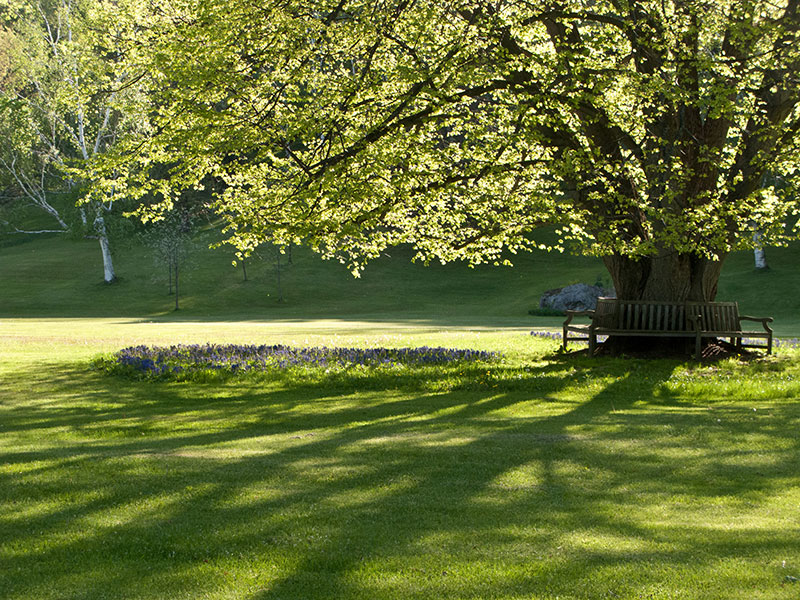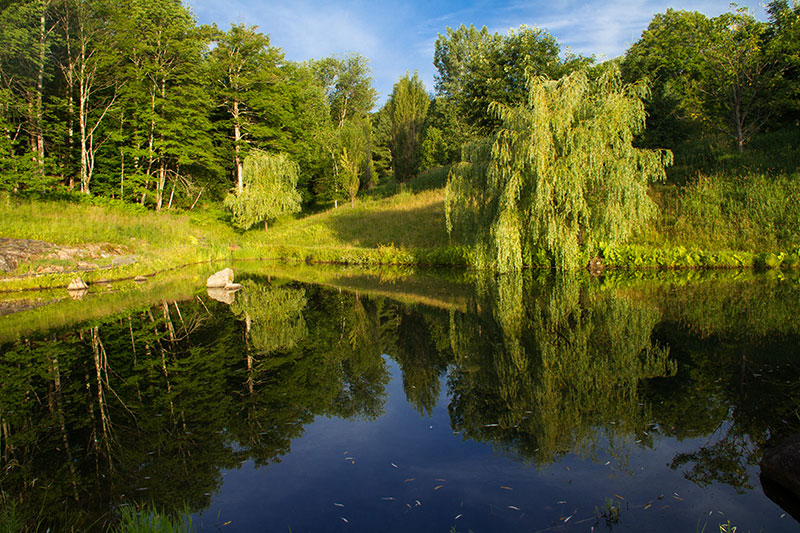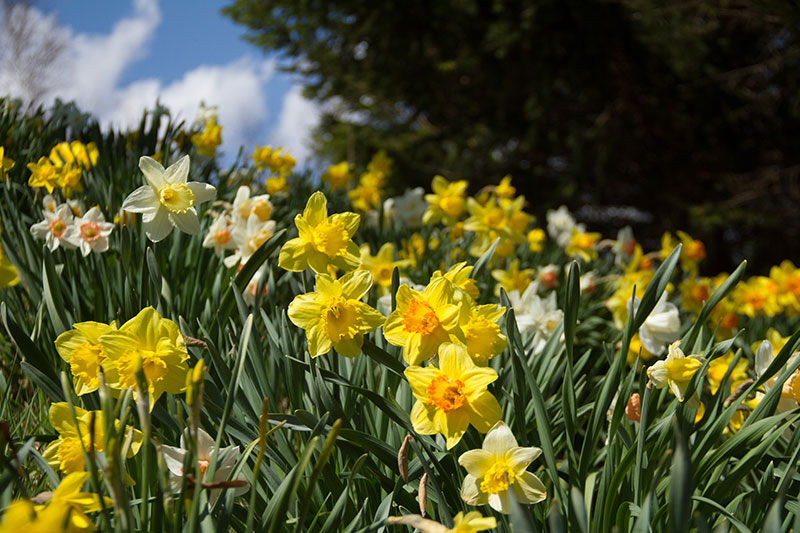Patterson Webster shares her thoughts about how to create a garden that reflects the garden maker’s ideas and interests.
I am intrigued by the way memory and personal experience shape our view of the world. I grew up in Virginia and spent summers at my grandparents’ farm in the state’s Blue Ridge Mountains. Dinner-table conversations centered around stories about who used to live down the road, about where different plants grew well, about how some things changed and others remained constant.
When I came to Quebec’s Eastern Townships, I discovered a landscape that was similar both in its physical characteristics and in its mindset: gentle mountains, an interest in the past and an awareness of how we mark the land we live on. I grew to love the familiar elements of the Eastern Townships—the fields, ponds, woodlands and buildings—and I use these elements in my art and in the garden itself to explore ideas about time, memory and our relationship to the land.

I began to work on the garden at Glen Villa more than twenty years ago. Over time, what I discovered is that gardens are not only about plants and combining them in satisfying ways. While the practicalities are important (choosing plants that thrive, protecting them from deer and other predators, providing the conditions that bring out their best), getting these right is not enough.
To be truly memorable, a garden needs to grow out of an idea. It needs to mean something.
The idea that underpins my approach to the garden at Glen Villa and to the art installations I’ve created is the relationship between the past to the present and, by extension, the impact of our actions today on the future of the land.
About ten years ago I moved beyond the garden and into the surrounding fields and forest, in order to explore more deeply the natural, historical and biographical events that shape Glen Villa’s powerful sense of place. The result is Timelines, a 4 km trail that explores ideas about history, memory and our relationship to the land. It is a contemplative journey that unfolds gradually, a narrative that changes with each repetition. Sculptures and art installations act as focusing devices, calling a viewer’s attention to sites and situations, but in the end the viewer sees and interprets as she chooses.
In both the garden and Timelines, I use natural materials like rock and wood, sometimes combining them with steel, tin, neon and other man-made materials to strengthen both the sense of place and the connection between memory and culture. I also use flowers, grass and other living materials to create ephemeral art. Whether in the art at Glen Villa Art Garden or in art commissioned for other locations, I employ history deliberately: not to commemorate the past but to establish a sense of continuity that adds meaning to the present.


